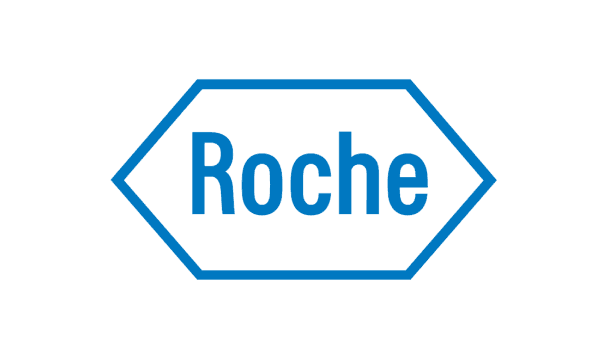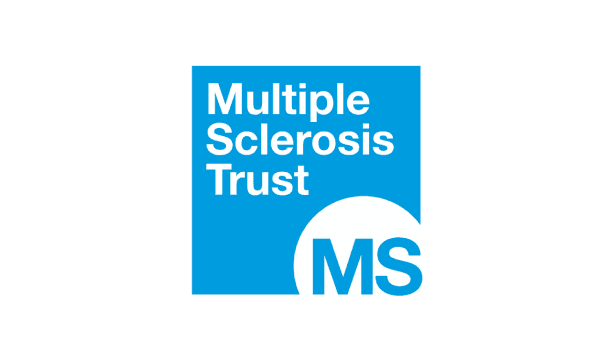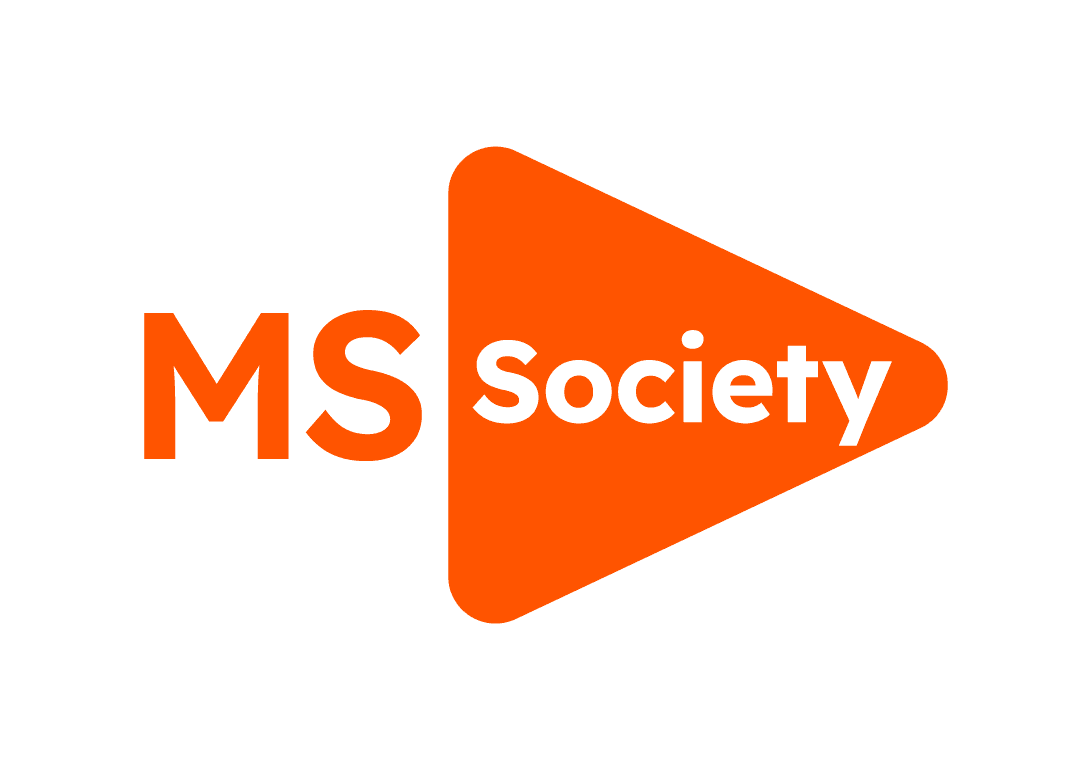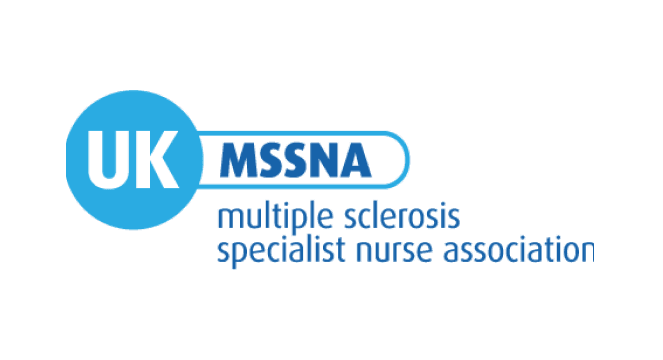Before you watch this webinar
Enhancing your learning experience begins with understanding you better. Collecting data enables us to tailor our educational content specifically for our audience. Discover more about how we handle your information in our Privacy Policy.
Event
Lymphopaenia – What is a safe lymphocyte count?
Summary
There’s no hard and fast answer to the question “what is a safe lymphocyte count” in relation to COVID-19 and disease modifying therapies (DMTs).
“Lymphocyte count changes with time, age, and the presence of other cytopenias. There’s lots of factors you need to take into account. I can’t just give you a standard figure… you have to learn how to interpret this in terms of the overall patient,” Gavin said.
During the talk, his main points were:
DMTs can be classed as maintenance therapies or immune reconstitution therapies (IRT)
- A maintenance therapy is given continuously, such as natalizumab. The effects are reversable and the immune system comes back once the drug is stopped
- IRT is administered in pulses, whether that’s one pulse like HSCT, or multiple courses, such as alemtuzumab or cladribine. This approach depletes the immune system then allows it to reconstitute itself. These drugs can be divided again into non-selective and selective IRTs:
- Alemtuzumab is non-selective and leaves neutrophil counts intact
- Cladribine is semi-selective. It mainly depletes B-cells but some T-cells are also affected
- Ocrelizumab is “the most selective”, as it largely depletes B-cells, affecting only a small population of T-cells
The current evidence suggests that people with depleted B=cells are able to mount an effective immune response to SARS-CoV-2.
DMTs are immunomodulatory and/or immunosuppressive
Maintenance therapies carry long-term risks that can accumulated over time, whereas ITPs tend to carry short term risks
“It’s important when you think about the impact on the immune systems that there are those that are modularity, and do not cause any immunosuppression at all.
“And if there is immunosuppression, is it long term, as with the maintenance therapies, or short term, as with IRTs? It’s a completely different risk profile,” said Gavin.
Lymphopenia is important, but it is context specific
The World Health Organization (WHO) separates lymphocytes counts into the following categories:
- Grade 0/ normal: >1,000/mm3
- Grade 1: 800 – 999/mm3
- Grade 2: 500 – 799/mm3
- Grade 3: 200 – 499/mm3
- Grade 4: <20/mm3
“The WHO classification is not based on science. It is to make it easier for people to remember… The real risk if infection really ramps up below 500/mm3,” said Gavin.
However, the lymphocyte count is only part of the overall picture, he went on. Clinicians also need to consider:
- The patient’s age – people experience a drop in T-cell receptor diversity around the age of 60
- Any comorbidities
- Qualitative changes in CD4 and CD8
- The temporal profile, or how counts change over time in response to therapy
- Duration on treatment
“There are no short cuts. You have to have DMT-specific knowledge and you have to understand the dynamics of each agent.
“This is extremely relevant for COVID-19, not only in protecting people from infection, but if a vaccine does emerge, ensuring patients are vaccine ready,” said Gavin.
De-risking strategies
Baseline screening, blood monitoring and timey switching of treatment continue to be the keys to de-risk DMTs during COVID-19.
Gavin has divided the DMTs into four categories (see slide 52 in slide deck below) in relation to COVID-19:
- In terms of immune function and lymphocyte counts, interferon, glatiramer acetate, and teriflunomide are in the “very low” risk category
- Dimethyl fumarate (in patients with a lymphocyte count of >800), and natalizumab are in the “low risk” group
- Anti-CD20s, SP-1 modulators and cladribine are in the “moderate” group
- The depletion stage of alemtuzumab, mitoxantrone, and HSCT, none of which are currently being used, were high risk
It’s important to note, however, that emerging data from Italy appears to show that people with MS are at no greater risk of infection with SARS-CoV-2 or of developing COVID-19 than the general population.
“Tell your patients that it looks like if they do get COVID-19 they’re going to deal with it relatively well. The patients who have died appeared to have died from the risk factors that relate to the general population: age, and comorbidity,” said Gavin, adding that while this was true, there did seem to be a correlation between higher EDSS and mortality.
Another study from the UK found that just 2.3% of people treated for COVID-19 in ITU were immunosuppressed, suggesting a possible protective role for these treatments.
Databasing and education
“Please don’t forget to database – put forward all your patients who have MS and develop COVID-19. e need to put them in our MS registries and databases so we can learn from our experiences.
“Education, education, education is the motto. Keep yourselves plugged into rapid learning because the data is literally coming out on a daily basis,” he said.
Presentation slides
Gavin's slides
Our Multiple Sclerosis webinars are available on SoundCloud:
soundcloud.com/neurologyacademy
Were you registered on this course?
Log in to access resources..
LoginOur sponsor

This activity has been supported by sponsorship from and Roche. The sponsor has had no control over the educational content of this activity.
Encouraging excellence, developing leaders, inspiring change
MS Academy was established five years ago and in that time has accomplished a huge amount. The six different levels of specialist MS training are dedicated to case-based learning and practical application of cutting edge research. Home to national programme Raising the Bar and the fantastic workstream content it is producing, this is an exciting Academy to belong to.





